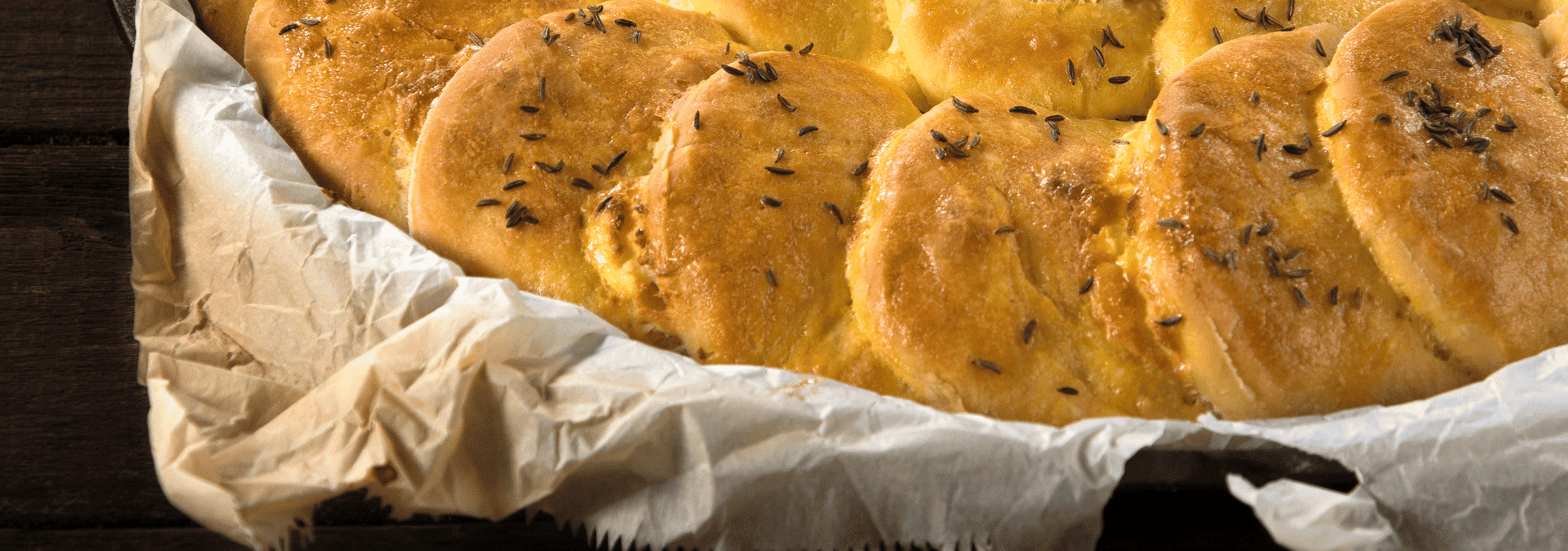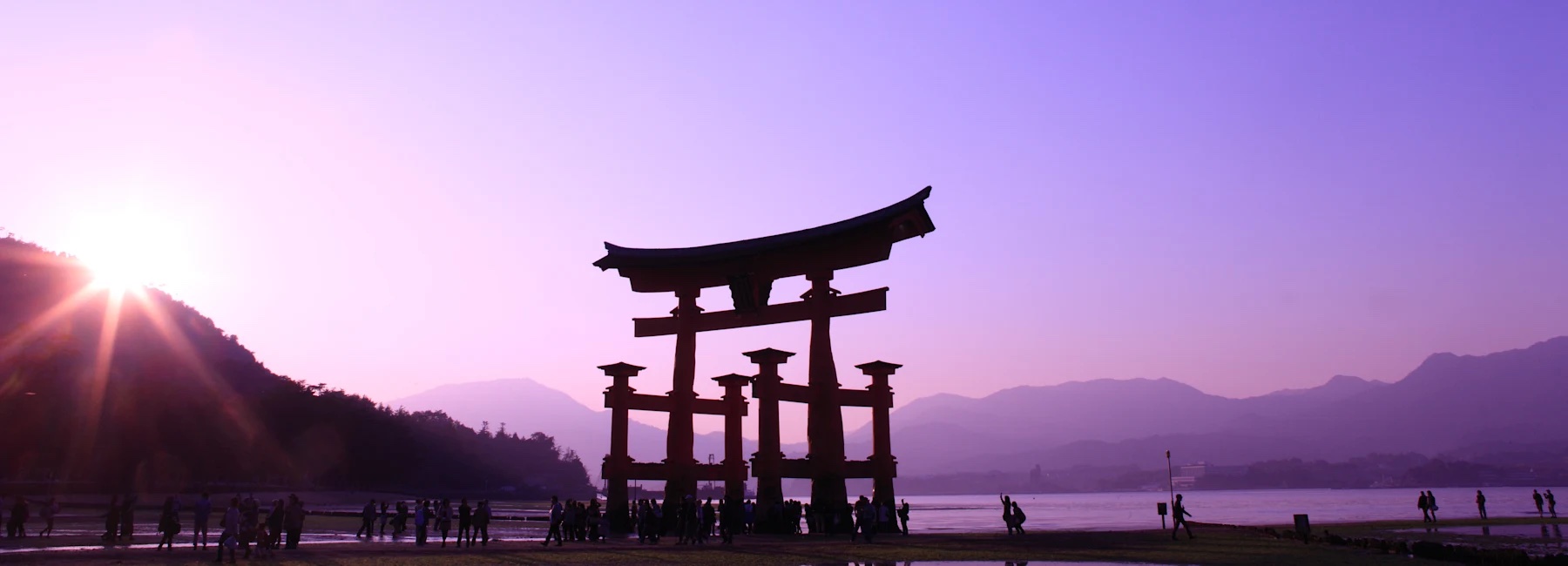Asia’s markets are affordable, lively, diverse and fascinating, whether you’re seeking souvenirs or merely insight into other cultures. Some offer elite people-watching, others are hubs of art, cuisine, jewelry, souvenirs and local tradition.
During 10 years of living on and off in Asia, and traveling constantly around this continent, I developed a passionate relationship with its markets. They fed me, entertained me, surprised me and educated me. In many Asian cities, markets are the best places to get your bearings.
Jess Peterson, Windstar’s director, destination experience & itinerary planning, agrees, telling me that Asia’s markets are important places to discover. “While travelers can learn so much from visiting the region’s museums, temples and palaces,” he says, “for a direct connection to humanity, and an unvarnished peek at local culture, none of those places are as revealing as a market. They offer a clear sense of local trends, tastes and traditions.”
Often, I’ve visited markets with no intention of buying, seeking just to absorb the sensory barrage, chat with jovial vendors and spot new foods, inhale exotic scents, and admire local craftsmanship. From Japan to Thailand, here’s six of this continent’s finest markets, each with their own distinct character.
Bangkok’s Tha Prachan amulet market
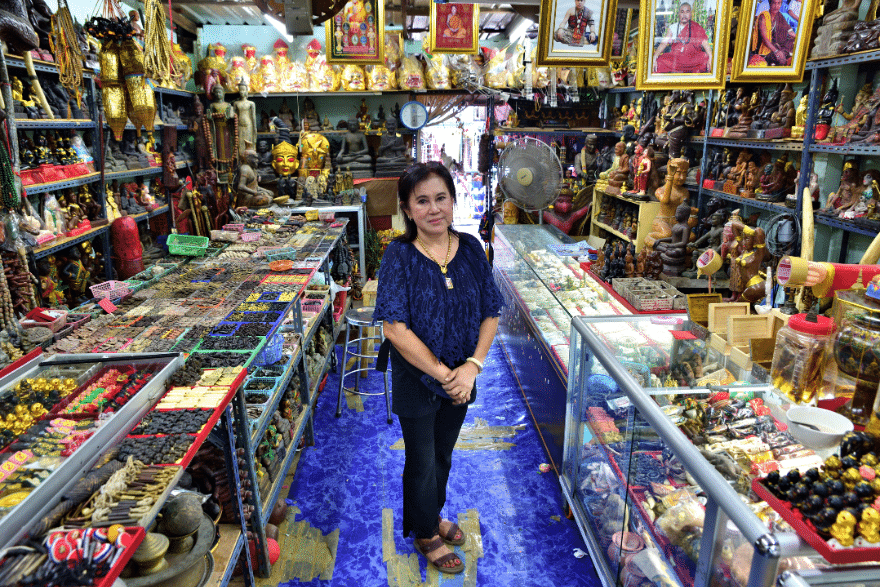
I was holding three tiny Buddhist ornaments, and each possessed different powers, a polite vendor told me. One would grant me physical protection, another would bring financial prosperity, and the other could repel evil spirits. Each day, hundreds of these good luck charms are sold here, at Bangkok’s historic Tha Prachan amulet market.
Thailand’s capital brims with markets, but none is this unique. For more than a century, locals and tourists have scoured Tha Prachan’s dozens of stalls to buy Buddhist statues, necklaces, bracelets or rings, which are blessed by monks and so believed to have mystical powers which benefit their owner.
Even tourists who don’t wish to buy a charm, which range from $5 to $30, can appreciate Tha Prachan. By watching its flurried trading, visitors can gain an understanding of the deeply superstitious nature of Thai society. Many Thai people believe simple actions or objects can earn them good or bad luck. Which is why, in addition to owning amulets, they may pick very specific dates to get married, buy a home, have a child or even get a haircut.
Tha Prachan also offers visitors a peek at old-school Bangkok. While swathes of this city are now modernized and Westernized, this market on the banks of the Chao Phraya River remains a weathered maze which has barely changed in generations. Tha Prachan’s location is also very convenient. It sits between two of Bangkok’s greatest attractions: the Grand Palace to its south and the National Museum to its north.
Tokyo’s Yanaka Ginza
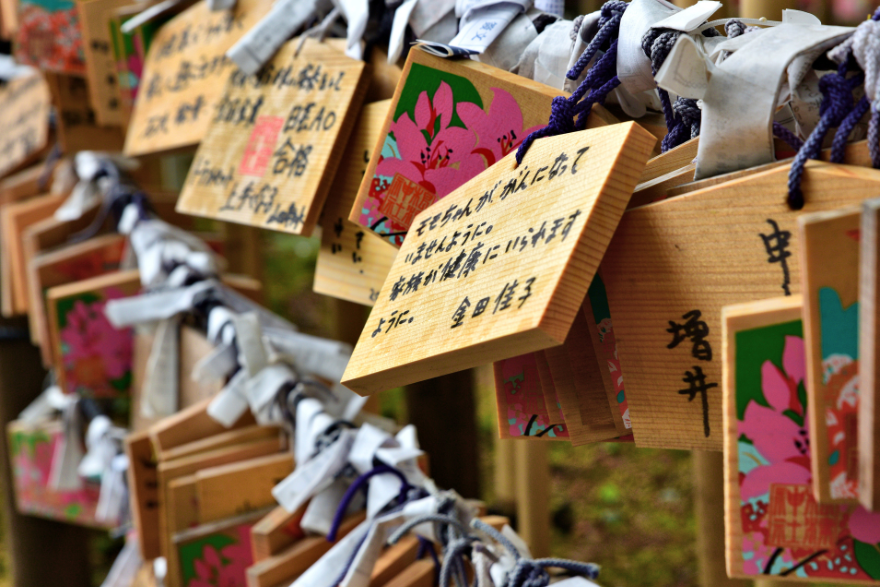
Tokyo is a cutting-edge city of skyscrapers, bullet trains, robot-staffed restaurants and neon-drenched streets. But not all of Japan’s capital has surged into the future. Some neighborhoods remain proudly rooted to their past, including Yanesen, home to charming Yanaka Ginza street market.
Located in Tokyo’s northern suburbs, Yanesen is low-rise, tranquil and traditional. It is dotted by more than 50 temples and shrines due to a government decision, in the 1600s, to change it from a working-class area into a spiritual hub. Beyond those splendid sites of worship, Yanaka Ginza street market has an array of family-operated bookstores, Izakaya pubs, bath houses, art galleries, and handicraft stores.
It is perhaps the best place in all of Tokyo to get authentic keepsakes. Before deciding what to purchase, tourists can meet the artisans who use traditional methods to create shodo calligraphy, takeami bamboo mats, and Kanazawa gold leaf ceramics. Some of these locals offer tourist workshops. So I joined a class in ikebana flower arranging, before getting a present for my mum: a box of hand-rolled wagashi sweets, perfect for drinking with green tea.
Ho Chi Minh City’s Binh Tay market
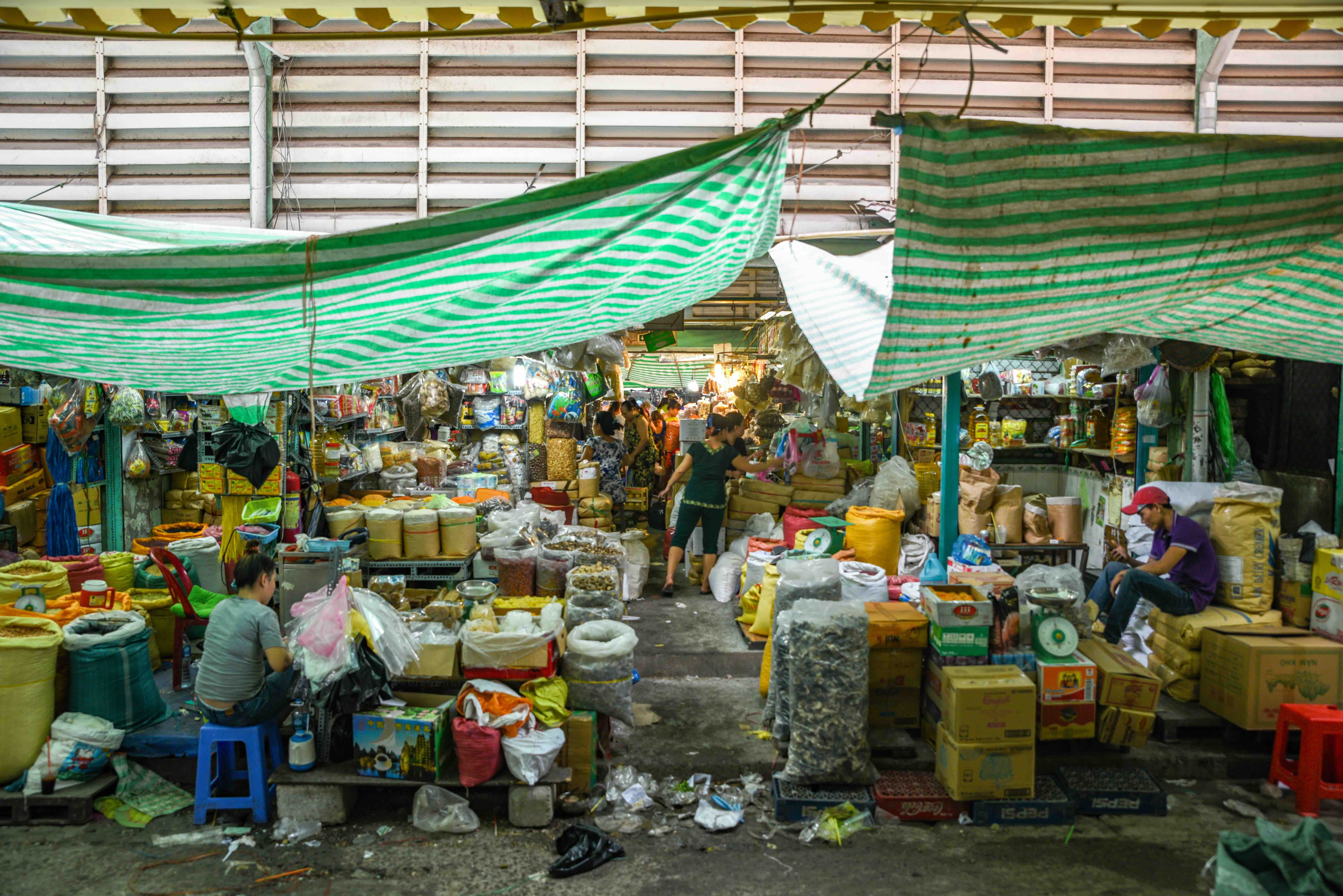
Co-ordinated chaos: That sums up both Binh Tay market and Ho Chi Minh City, a megalopolis of more than 10 million people. Compared to Vietnam’s sleepier destinations like Hoi An, Hue and Da Nang, Ho Chi Minh City swamps your senses.
Its ceaseless, invigorating energy is embodied by the riotous Binh Tay Market. If people-watching pleases you, then satisfaction is guaranteed here, in the historic Cholon district. Merely gaining entrance to this two-story covered market requires visitors to first weave through a moving tangle of motorbikes, pushcarts, pedestrians, and workers hauling giant parcels over their heads.
Inside, things get no more peaceful. Each of Binh Tay’s warren of alleys bulges with customers bargaining, sellers yelling and seemingly as many products as Amazon stocks. Electronics, hardware, dried snacks, fresh seafood, toys, uniforms: This century-old market is largely aimed at locals.
Tourists mostly come for the entertainment factor, although many take home a flavorsome south Vietnamese snack, like crispy banh cay cakes, which pair perfectly with coffee. Navigating Binh Tay’s bedlam is a defining experience of Cholon, which began as a Chinese village in the 1700s, before Ho Chi Minh City’s sprawl eventually subsumed Cholon. It’s now the country’s largest Chinatown.
Phnom Penh’s Central Market
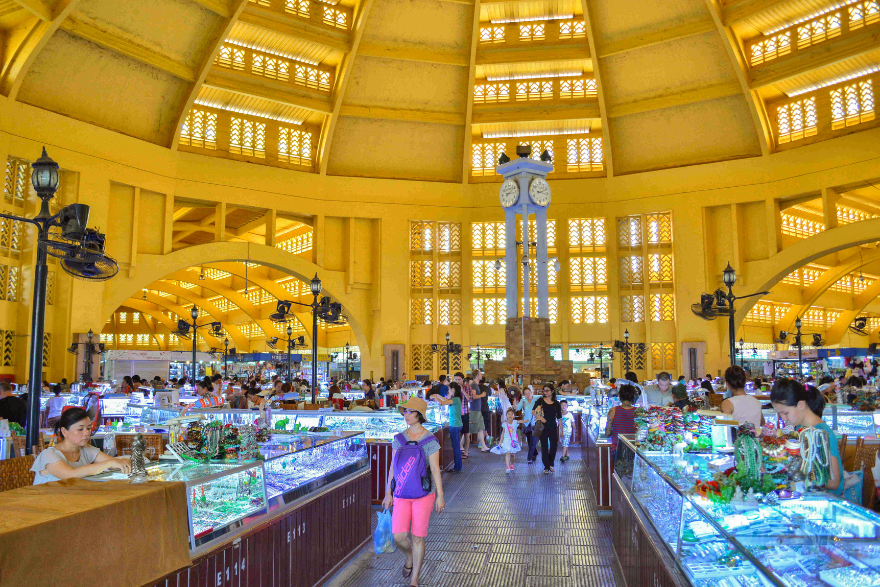
Quite literally, you cannot miss Phnom Penh’s Central Market. Not only is it in the heart of this city, and one of its key attractions, but it occupies arguably the most distinctive building in the Cambodian capital. When first I visited Phnom Penh I was dazzled by this market’s 1930s yellow-and-white art deco design, both from street level, and later while standing in its central foyer beneath a huge, domed ceiling.
Its French architect connected that foyer to four wings, each now packed with dozens of small shops. They sell knockoff brand-name goods, phone accessories, household items, fresh flowers, fruit and vegetables, woodwork, ceramics, footwear, leather goods and luggage.
Central Market is best known, however, for locally crafted silver and gold necklaces, rings and bracelets. Tourists capable of bargaining can buy this jewelry for much cheaper than back home. It’s best to use a local guide if buying the expensive Khmer-style pieces, which are heavy with gold, embedded with precious stones, and inspired by the royal jewelry of Cambodia’s ancient Khmer Empire. Another authentic Cambodian keepsake available here is krama, a Khmer scarf woven from cotton or silk. Good quality versions cost as little as $10 each.
More great Asian markets
Insatiably curious to learn about more Asian markets? Windstar’s Peterson, who’s spent a lot of time, especially recently, in Asia as the cruise line ramps up itineraries there, shares some additional favorite markets. “In Tokyo, I love the Tsujiki Fish Market,” he says. “While the ‘real’ market is limited to vendors and buyers, you can visit the outer market, which is enough to give you an idea of how wonderful and broad the selection is here. When I’m jet-lagged after arriving in Tokyo, I love going first thing in the morning for a chirashi bowl of fresh fish and rice. Amazing.”
In Bangkok, Peterson tells us, the Bangkok Floating Market (about one to two hours outside the city) is “centered around a canal system. Some of the vendors literally sell from boats, but the most fun part was the vendors set up along the sides of the canals. I love small food stalls, and there was plenty of that.”
Another favorite in Bangkok is the Mae Kong Railway Market. “This market is literally set up along a railway line (don’t worry, the trains move extremely slowly). Vendors set up on the train tracks and you walk down the tracks, looking at their wares. When a train comes through, everybody clears the tracks and lets it pass before putting their merchandise back out.”
Editor’s Note: If you prefer to visit markets on a Windstar shore excursion, experiences are offered in Ho Chi Minh City (Binh Tay market), and the central markets in both Kuala Lumpur and Phnom Penh.
































